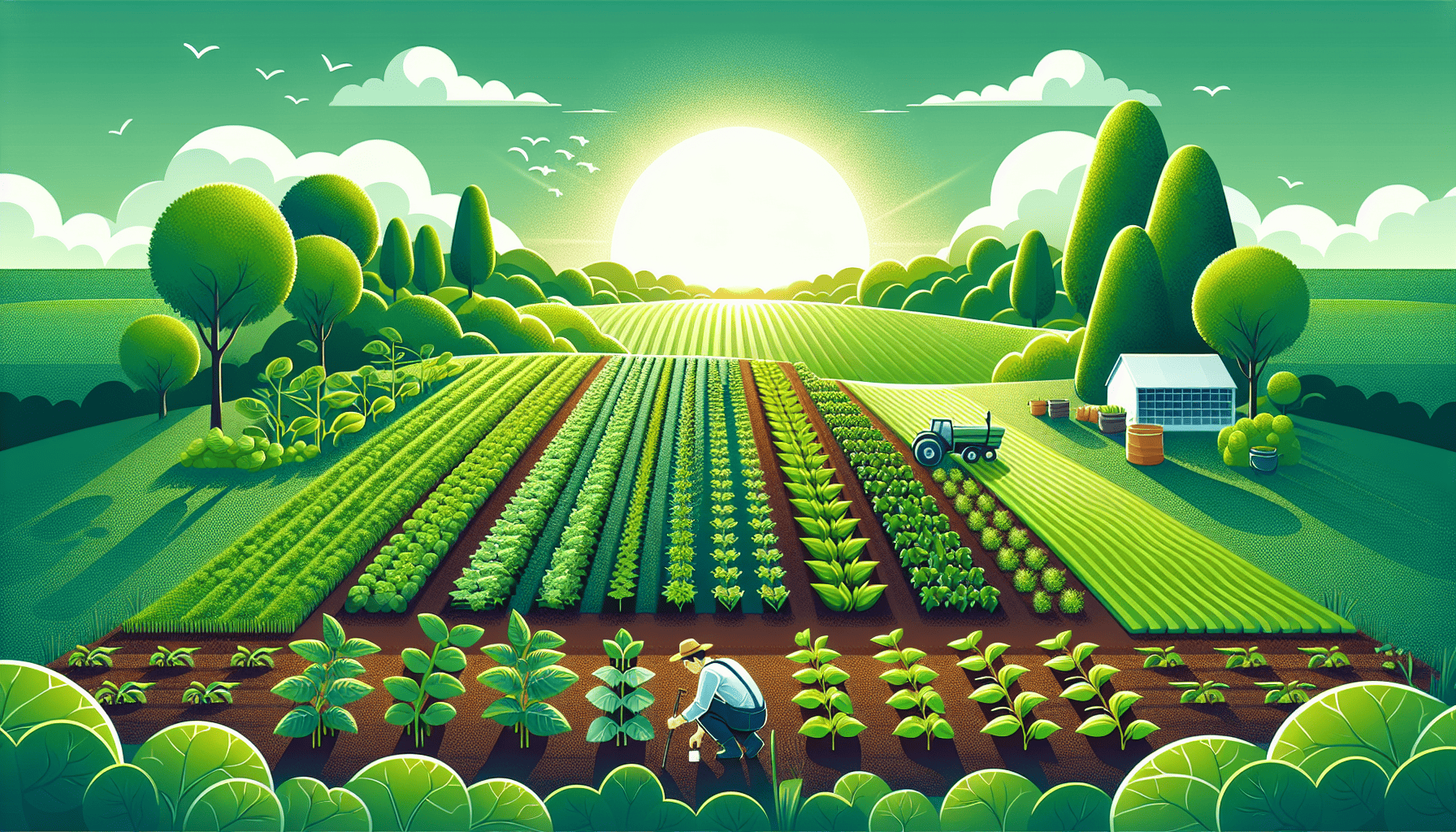As the world grapples with climate change and growing environmental concerns, sustainable farming practices have taken center stage, particularly in regions like Australia, where agriculture plays a crucial role in the economy and culture. Farmers across the continent are pioneering innovative solutions to promote long-term growth while maintaining an environmental balance. These strategies not only promise a more sustainable future but also ensure greater resilience in the face of unpredictable weather patterns.
One of the foremost techniques gaining traction is regenerative agriculture. This practice revolves around enhancing the health of the soil, improving biodiversity, and increasing resilience to climate change. By adopting regenerative methods, Australian farmers are focusing on soil revitalization through cover cropping, reduced tillage, and organic composting. These methods not only improve soil fertility but also enhance its capacity to sequester carbon, thus contributing to the fight against climate change.
Water management is another critical area where Australian farmers are innovating. Given the continent's propensity for droughts, efficient water usage is vital. Farmers are employing sophisticated irrigation systems like drip irrigation, which minimizes water wastage by delivering water directly to the plant roots. Rainwater harvesting and storage solutions are also being increasingly adopted to ensure that farms have a reliable water supply throughout the year.
Crop rotation and polyculture are other strategies being used to bolster sustainability. By diversifying the crops grown on a particular plot of land, farmers can prevent soil degradation and break cycles of pests and diseases, reducing the need for chemical pesticides and fertilizers. Polyculture, the practice of growing multiple crops in close proximity, further elevates biodiversity, leading to healthier ecosystems and more resilient crops.
In addition to traditional measures, technology is playing a pivotal role in advancing sustainable agriculture. Precision agriculture tools are being increasingly adopted, allowing farmers to use GPS and data analytics to optimize planting, watering, and harvesting. Drones and satellite imagery offer real-time monitoring of crop health, pest infestations, and soil conditions, enabling swift and informed decision-making.
Livestock management is also undergoing a transformation. Many Australian farmers are transitioning to more sustainable models, like rotational grazing, which allows pastures to recover and reduces overgrazing. This method not only enhances soil health but also improves the well-being and productivity of the animals.
Furthermore, the integration of renewable energy sources is setting the stage for sustainability in agriculture. Solar panels and wind turbines are becoming common sights on Australian farms, reducing reliance on fossil fuels and cutting down operational costs. This shift not only makes farming operations more sustainable but also contributes to the broader national goal of reducing carbon emissions.
Finally, community engagement and education are crucial components of this sustainable shift. By fostering a community-based approach, farmers share best practices and innovations, collaborate on resource management, and support one another in adopting sustainable methods. Workshops and educational programs are helping to spread awareness and encourage more farmers to transition to sustainable farming practices.
In conclusion, Australian farmers are embracing a wide array of sustainable practices that promise future growth and environmental balance. Through regenerative agriculture, efficient water management, technology integration, and renewable energy, they are setting benchmarks for the global agricultural community. These practices are not only a step towards environmental stewardship but also ensure the resilience and economic viability of farming in an ever-changing world. As these sustainable models continue to evolve, they illustrate the potential for agriculture to not only coexist with nature but to thrive in harmony with it.
